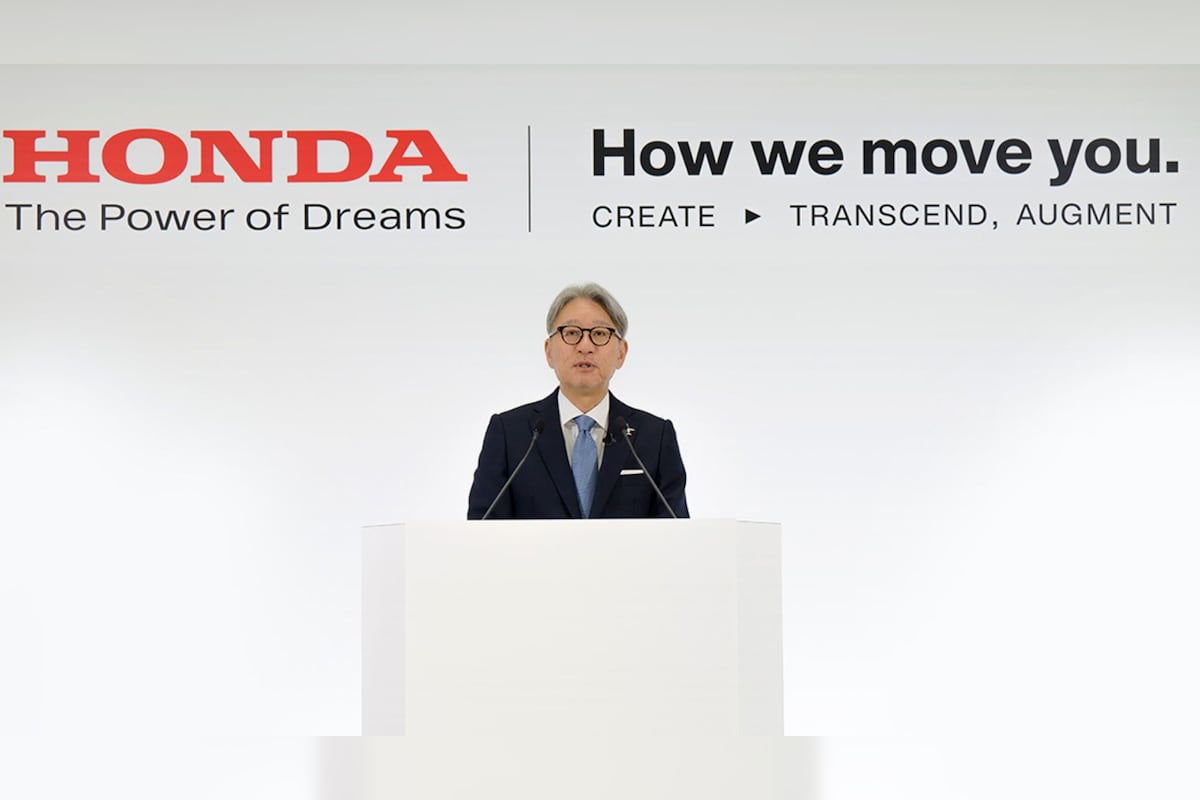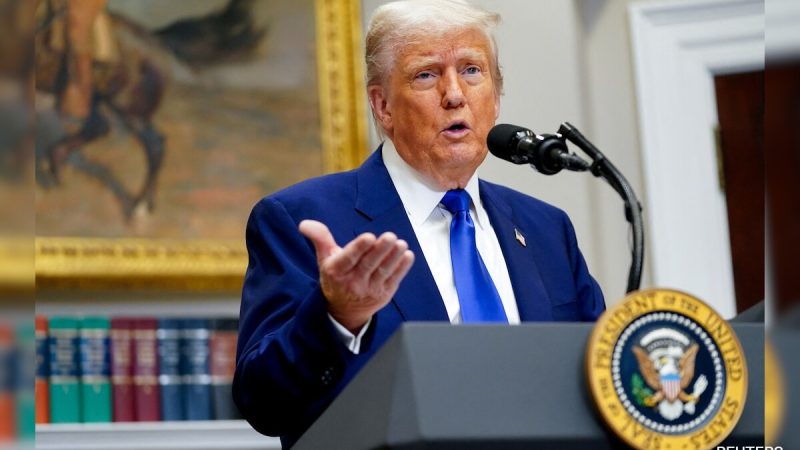Honda Revises EV Strategy, Aims Carbon Neutrality By 2050

Honda has revised it’s electric vehicle plans for the coming years. The plans and strategy were discussed in a press briefing held on 20th May 2025. The briefing was subjected to the overall goals of the brand towards restructuring its EV plans and execution process.
Honda Motor Co., Ltd. Director, President and Representative Executive Officer (Global CEO) Toshihiro Mibe empasised that Honda has put the highest priority on its initiatives in the areas of the environment and safety, including a goal to “achieve carbon neutrality for all products and corporate activities” and “zero traffic collision fatalities” by 2050. The brand does realize the uncertainty in the EV market globally and is working to maintain its competitiveness in such a business environment and continue to help and inspire people through its mobility products and services.
As for EVs, due to the revision of the product launch plan considering the recent market slowdown, the Honda global EV sales ratio in 2030 is now expected to fall below the previously announced target of 30%. On the other hand, the current market demand for HEV models is high. Therefore, Honda will position its HEVs, mostly next-generation HEV models to be introduced to market in 2027 onward, as the powertrain that will play a key role during the transition period toward the popularization of EVs and further enhance its HEV lineup.

Honda electrification strategy
With the steady execution of this realignment, by 2030, Honda will strive to increase total automobile sales volume to above the current level of 3.6 million units, with a HEV sales target of 2.2 million units at the core.
Honda can install ADAS-related devices while minimizing the impact on cabin space and vehicle design, which makes it possible to equip small-sized vehicles with next-generation ADAS.
By leveraging the strengths of Honda HEV and car design technologies and by adopting this next-generation ADAS not only to EVs but also to increasingly popular HEVs, Honda will take advantage of its large business scale to achieve both high competitiveness and low cost, and offer high value-added “joy of mobility” at affordable prices for more customers. Also, Honda revealed the “H mark” in 2024 and will be used not only for EV models, but for major HEV models, starting with the next-generation models to be introduced to market in 2027 and beyond.

Honda e:HEV strategy
The Japanese auto major is also trying to improve the fuel economy of the next-generation e:HEV model by more than 10% and further advance a driving experience unique only to Honda, which is high-quality, exhilarating, and resonating with all of the driver’s senses. Honda is aiming to reduce the cost of the next-generation hybrid system by more than 50% compared to the hybrid system installed to models introduced in 2018, and by more than 30% compared to the hybrid system introduced in 2023 to current models.
Also Read: 2026 Toyota RAV4 Breaks Cover Globally, Ditches Pure Petrol Powertrain
The brand also highlighted its goals of making progress toward achieving the company-wide ROIC target of 10% for the FY2031, reduce the investment amount by 3 trillion yen, to a total of 7 trillion yen, over the period through the FY2031 and more. Moreover, Honda made a decision to introduce DOE (dividend on equity ratio) as an expression of its ongoing commitment to maintain shareholder returns in line with business growth.






